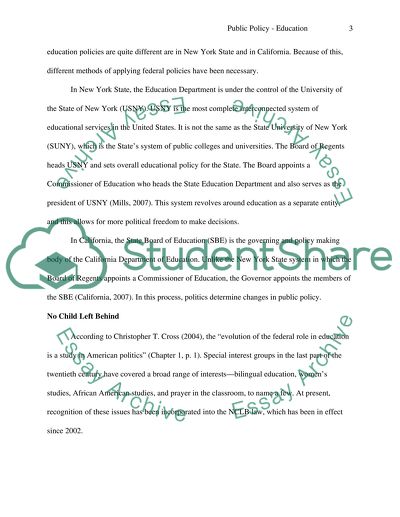Cite this document
(“Public Policy and Education Essay Example | Topics and Well Written Essays - 1500 words”, n.d.)
Retrieved de https://studentshare.org/miscellaneous/1526923-public-policy-and-education
Retrieved de https://studentshare.org/miscellaneous/1526923-public-policy-and-education
(Public Policy and Education Essay Example | Topics and Well Written Essays - 1500 Words)
https://studentshare.org/miscellaneous/1526923-public-policy-and-education.
https://studentshare.org/miscellaneous/1526923-public-policy-and-education.
“Public Policy and Education Essay Example | Topics and Well Written Essays - 1500 Words”, n.d. https://studentshare.org/miscellaneous/1526923-public-policy-and-education.


